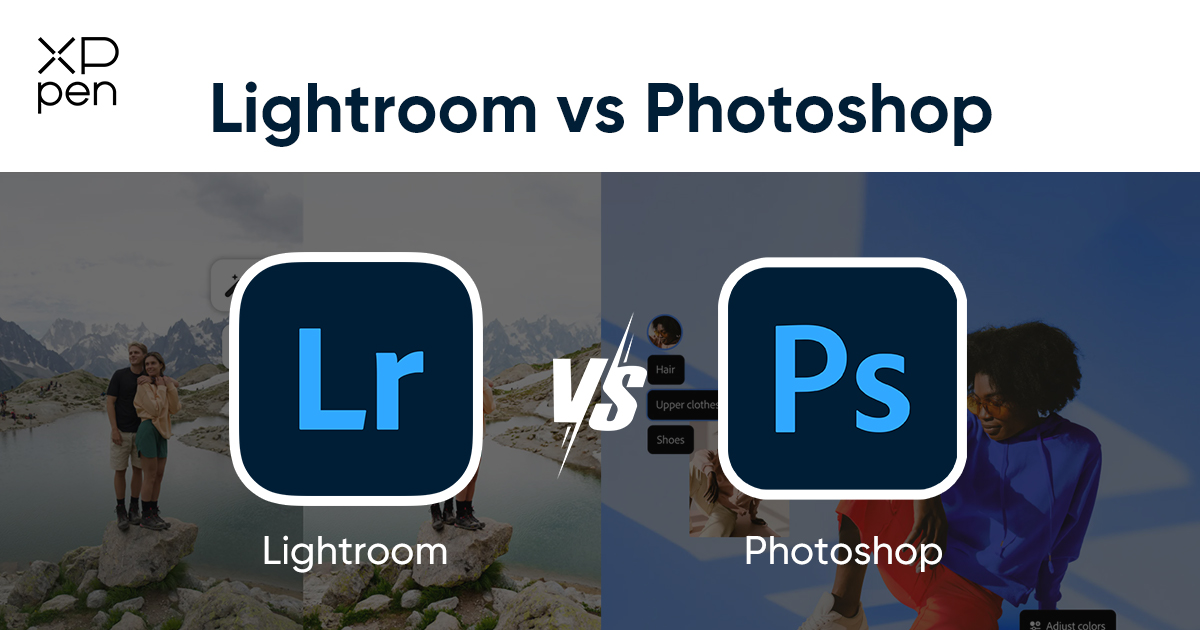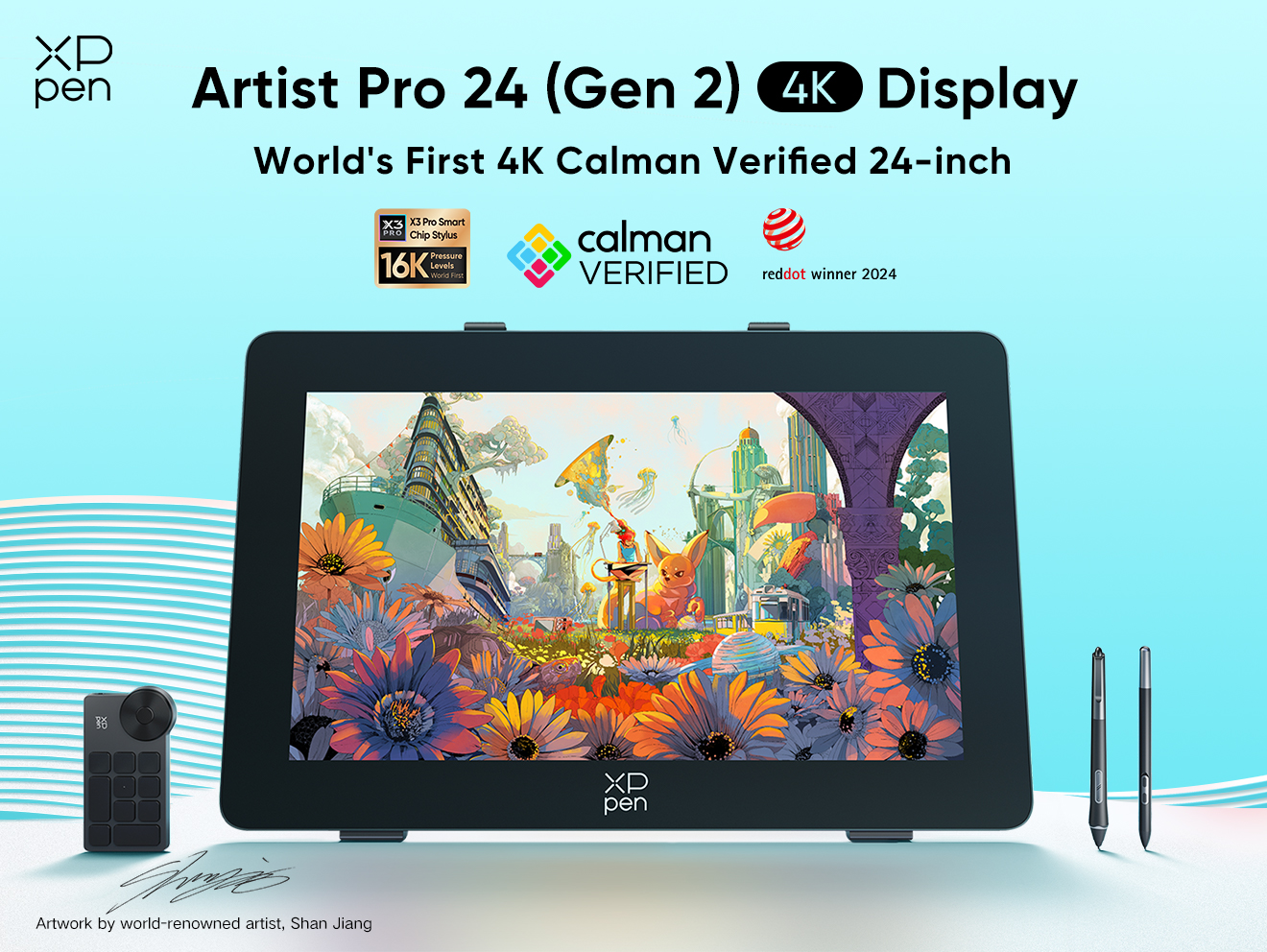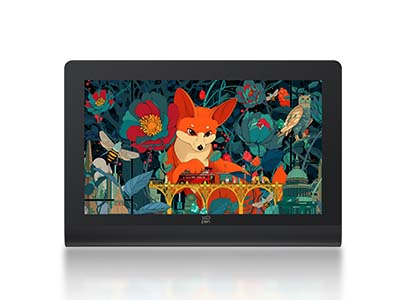
Lightroom vs Photoshop: Which is Better for Photo Editing?
TIPSIntroduction
When it comes to photo editing, two names dominate the field: Adobe Lightroom and Adobe Photoshop. Both are powerful tools developed by Adobe, but they serve different purposes and cater to different types of users. Whether you're a beginner just starting out with photography or a professional looking to fine-tune your images, choosing the right software is essential to creating stunning visuals efficiently. In this article, we’ll explore the strengths and limitations of Lightroom and Photoshop, help you decide which is best for your needs, , and even recommend a creative tool that can enhance your workflow.
Overview of Adobe Lightroom
Adobe Lightroom is a photo management and editing program designed specifically for photographers. It offers a streamlined workflow for importing, organizing, editing, and exporting photos. Lightroom is known for its non-destructive editing, meaning all edits are stored separately from the original file, preserving the original image.
Lightroom includes powerful features such as:
RAW image editing support
Batch processing
Preset-based editing
Adjustment sliders for exposure, contrast, highlights, shadows, and more
Easy photo organization with collections, keywords, and metadata tagging
Lightroom is available in both desktop (Lightroom Classic) and cloud-based versions, allowing users to edit from anywhere.
Overview of Adobe Photoshop
Photoshop is Adobe’s flagship product and arguably the most well-known image editing software in the world. It offers pixel-level control over images, which means users can manipulate every single detail of a photo. While Lightroom focuses on photography-specific editing, Photoshop is a general image editor used for everything from graphic design and digital painting to complex photo manipulations.
Key features of Photoshop include:
Layer-based editing
Advanced retouching tools (healing brush, clone stamp, etc.)
Smart objects and masks
Text editing and typography tools
Compositing and image blending
AI-based tools like Content-Aware Fill and Generative Fill
While it offers greater power and flexibility, Photoshop also comes with a steeper learning curve.
Core Differences Between Lightroom and Photoshop
While both tools are designed for editing images, their core functionalities differ:
| Feature | Lightroom | Photoshop |
|---|---|---|
| Editing Style | Non-destructive, global adjustments | Destructive or non-destructive, precise pixel-level editing |
| Learning Curve | Easier for beginners | Steeper and more complex |
| Workflow | Batch processing and organization | Single image focus, creative manipulation |
| Tools | Basic to intermediate corrections | Advanced compositing, retouching, and design |
| Performance | Faster with large photo libraries | More resource-intensive |
| File Management | Built-in photo library | Manual file handling |
Essentially, Lightroom is optimized for photographers, while Photoshop is ideal for creatives needing advanced control and design capabilities.
When to Use Lightroom
Lightroom is the go-to tool for most photographers, especially for tasks like:
Batch editing large collections: Its ability to apply presets and adjustments to multiple photos at once saves time.
Organizing a growing photo library: Keywords, metadata, and collections help you stay organized.
Making general enhancements: Adjustments to lighting, color, and detail are easy and intuitive.
RAW file editing: Lightroom handles RAW files efficiently and preserves all image data.
Mobile editing: With Lightroom Mobile and cloud syncing, users can edit on the go.
If you want a fast, efficient, and user-friendly tool for everyday photo editing, Lightroom is your best choice.
When to Use Photoshop
Photoshop shines in situations that require precise control or creative flexibility:
Advanced retouching: Removing blemishes, reshaping features, or restoring old photographs.
Compositing multiple images: Combining several photos into one, such as adding a new sky or background.
Graphic design: Creating posters, banners, or layouts with text and vector graphics.
Detailed local adjustments: Editing specific areas using masks and layers.
Photo manipulation: Creating surreal or fantasy images that go beyond standard photography.
If your work requires intensive image editing, high-end retouching, or creative design, Photoshop is indispensable.
Using Both Together: A Balanced Workflow
Many professionals use Lightroom and Photoshop in tandem. A typical workflow might start in Lightroom, where basic exposure and color corrections are made, and photos are organized. If deeper retouching or creative manipulation is needed, the image can then be opened directly in Photoshop from Lightroom.
This integrated workflow allows users to:
Save time on initial edits
Maintain a centralized photo library
Perform advanced edits only when necessary
Return the finished image to Lightroom automatically
This synergy makes the Adobe ecosystem particularly powerful, giving users the best of both worlds.
Recommended Tool for Creatives: XPPen Artist Ultra 16
Whether you're editing in Lightroom or creating composite masterpieces in Photoshop, having the right hardware makes all the difference. The XPPen Artist Ultra 16 is a perfect companion for creatives looking for precision and comfort.
Key Features:
16-inch 4K display: Exceptional detail and color accuracy make editing a visual delight.
16,384 levels of pen pressure (16K): Provides natural brushstrokes and precise control.
Tilt functionality: Allows for more dynamic drawing and editing angles.
Wide color gamut: Ideal for photographers and designers working with color-critical projects.
Customizable shortcut keys: Enhance productivity by streamlining your most-used commands.
Whether you’re color-grading portraits or masking fine details, the XPPen Artist Ultra 16 delivers the responsiveness and clarity professionals expect.
FAQ
Do professional photographers use Photoshop or Lightroom?
Most professional photographers use both. Lightroom is often used for general edits and managing large photo libraries, while Photoshop is used for detailed retouching, compositing, and creative work. The tools complement each other in a full photography workflow.
What can Photoshop do that Lightroom can't?
Photoshop allows pixel-level editing, enabling complex operations like:
Removing objects seamlessly
Creating photo composites
Using layers and masks for deep image manipulation
Adding and manipulating text and vector shapes
Lightroom can’t match this level of precision or versatility.
What is the disadvantage of Lightroom?
Lightroom’s main disadvantage is its limited ability to perform detailed or localized edits. While it’s fast and efficient, it doesn’t support complex layering, advanced retouching, or graphic design. For anything beyond general adjustments, you’ll need Photoshop.
Conclusion
Choosing between Lightroom and Photoshop ultimately depends on your needs. For photographers managing large photo libraries and applying quick adjustments, Lightroom is a powerful and efficient choice. For artists and editors requiring detailed control, advanced retouching, or creative compositions, Photoshop remains the gold standard.
However, these tools are not mutually exclusive. Many professionals rely on both, using Lightroom for its speed and organizational power, and Photoshop for its unmatched editing depth.
To make the most of your editing process, combining the right software with the right hardware—such as the XPPen Artist Ultra 16—can elevate your creative workflow to new heights.
Whether you're fine-tuning exposure or creating digital art, mastering the strengths of each program will ensure you’re always working at your creative best.
About Us
Founded in 2005, XPPen is a leading global brand in digital art innovation under Hanvon UGEE. XPPen focuses on the needs of consumers by integrating digital art products, content, and services, specifically targeting Gen-Z digital artists. XPPen currently operates in 163 countries and regions worldwide, boasting a fan base of over 1.5 million and serving more than ten million digital art creators.
Learn moreLooking for the Best Drawing & Design Apps?
Discover essential drawing techniques, expert tips, and the best app recommendations to boost your creativity and master digital art.








